More Choices For Zero-Down Loans
by David Reed
With rates moving up and home prices going in the same direction, lots of folks think it's time to buy but not a good time to buy. Why? They want to get in on the bandwagon but unfortunately they don't have any down payment money saved up. Yeah, I know there are lots of programs out there with no money down, but did you know that a zero-money-down conventional program might not be your best bet?
Fannie Mae and Freddie Mac both introduced no-money-down options some time ago, with the interest rates on such products being slightly higher than for those that have down payments. The difference in rate for a 30-year fixed loan with 5 percent down and one with no money down usually varies by about .5 percent. And being Fannie and Freddie loans most every lender on the planet offers them.
The difference in payment on a $200,000 loan would be about $65 per month. Not a lot, but certainly something to consider. That $65 can add up over several years, so many might hesitate to take a zero-down loan. Perhaps sit this one out and save up some money or get a grant or a cash gift from a well-to-do family member. Not bad work if you can get it. But if you're convinced that rates will soon move up much more than .5 percent on their own then in fact it might be something to consider.
One would also think that since zero-down loans are a common loan staple their rates would be better than for less popular mortgages. More lenders, more choices, cheaper rates, right? Not all of the time. There are "alternative" loans that have a zero-money-down feature and while they're not underwritten to Fannie Mae or Freddie Mac standards they're hardly issued by fly-by-night banks, either. And while the rate for these new loans will be a little higher than those using Fannie rules they also have one huge advantage that common conventional zero-money-down loans have: no private mortgage insurance, or MI. Not just any ol' MI, but expensive MI.
Most know that mortgage loans with less than 20 percent down require some type of mortgage insurance. Some also know that the less you put down, the higher the mortgage insurance premium. It's the highest for loans with no money down. On a $200,000 zero-money-down loan, private mortgage insurance will hover near $165 per month.
There are also loans that combine two individual loans to avoid private MI, often made in an 80/20 tandem, but usually the rates on the seconds are so much higher that often times it makes sense to put less down, keep the lower rate and swallow the non-deductible MI payment.
Let's compare those offerings. A 30-yr conventional no-money-down loan can be found today for around 6.25 percent. That results in a principal and interest payment of $1,231 per month. A non-conventional zero down 30-yr rate is available at 6.625 percent, or a $1,280 payment. That's $49 more than a conventional loan. But wait right there, don't forget the MI payment of $165! Add $165 to $1,231 and you get $1,396, or $116 more than the alternate product.
And the 80/20 program? Today you can find a first rate of 6.50 percent and a second 15-year rate of, say around 8.25 percent. Those payments, while similar to a conventional zero-down loan with private MI add up to $1,399, still much higher than $1,231.
Where do you find these loans? You have to ask your lender or broker. If you tell them you want a loan for people with no money down tell them to not just compare conventional fare but also those underwritten to alternative products as well. If your loan officer is unfamiliar with a zero-down loan without private mortgage insurance nor an 80/20 combo then they're probably only used to looking at loans with Fannie Mae or Freddie Mac guidelines. In fact, they might even tell you there is no such animal. Politely tell them they're wrong, and call another lender. They're worth the hunt.
Published: June 4, 2004

